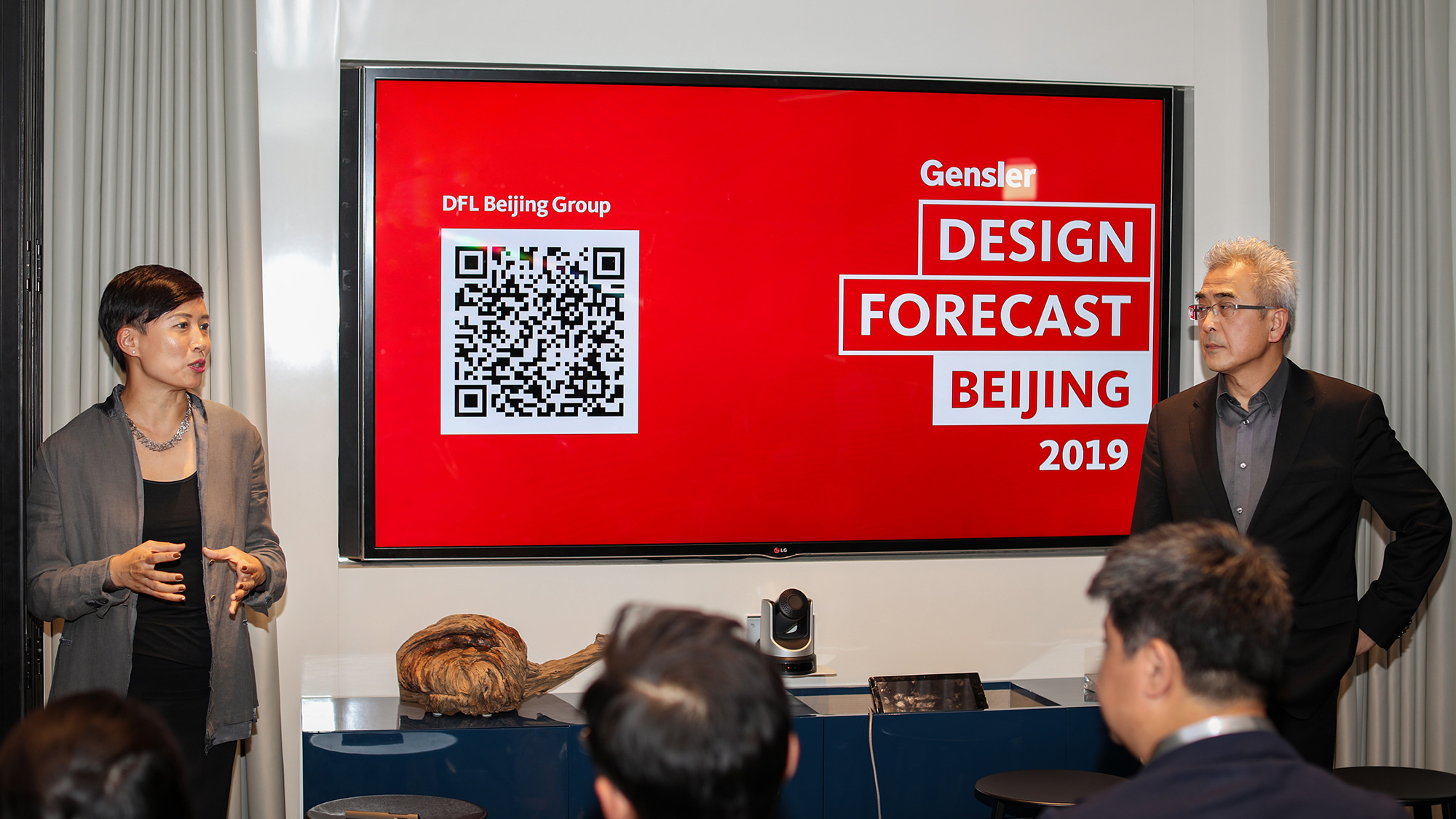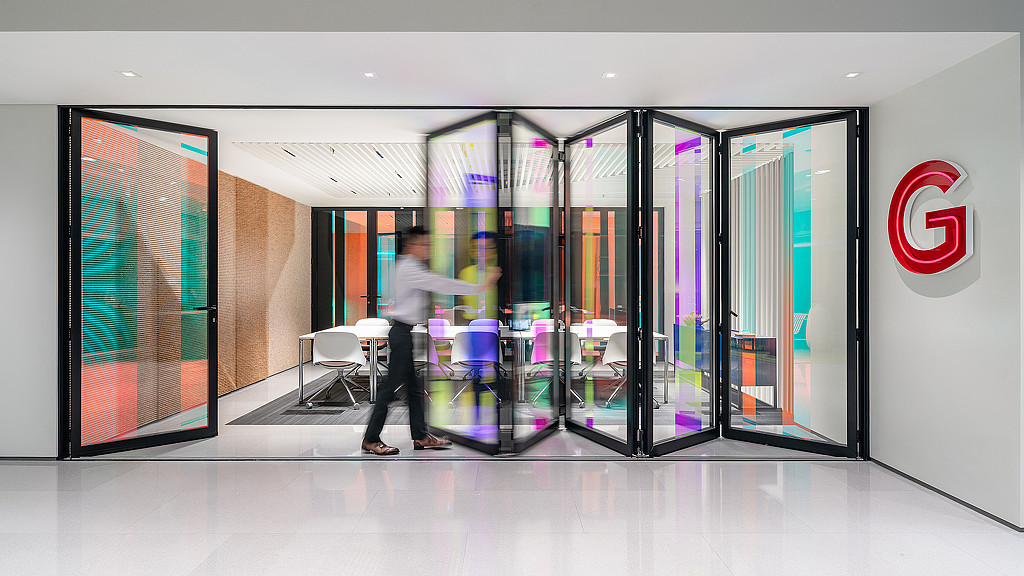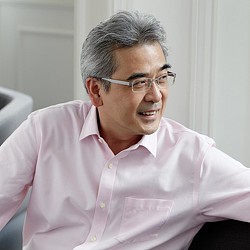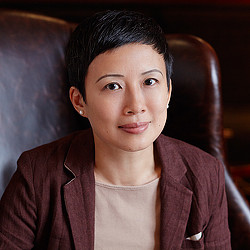Gensler Design Forecast Beijing: Shaping the Future of Cities
By Jerry Hung, Emma Chang
Editor’s note: This post is part of Gensler’s Design Forecast Local, a series of hyper local conversations with our clients about the topics that matter most in our cities.
To tackle some of the toughest challenges facing cities, Gensler has identified four areas where we can make a lasting and positive difference: Climate Change, the Future of Mobility, Connected Cities, and Housing and Homelessness/Social Impact. On Nov. 7, 2019, Gensler’s Beijing office hosted the event, "Design Forecast: Shaping the Future of Cities," which focused on two of these themes, Connected Cities and Social Impact. Participants discussed these topics, and possible design solutions, in a TED Talk style presentation and panel discussion with local researchers, business executives, and real estate industry leaders.
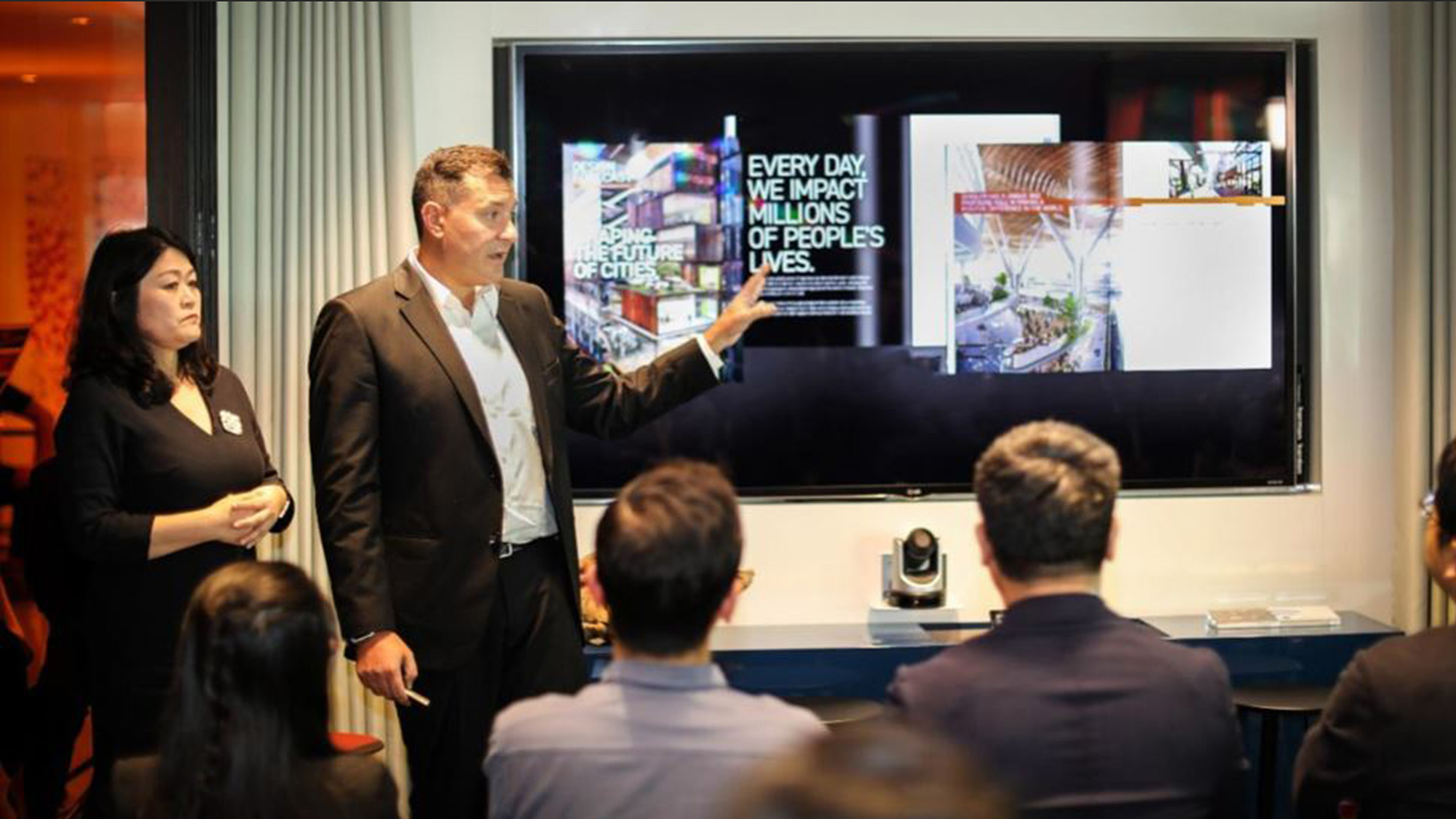
CONNECTED CITIES: Smart cities must be human cities.
The Connected Cities panel discussed the relationship between technological developments and the human experience, asking whether we sacrifice too much privacy while pursuing the convenience of connected cities. Dajun Zu, deputy general manager, CITIC Business Management Co., Ltd., highlighted the advantages of smart city technologies in promoting urban renewal. Rong Jia, CEO of HiWork, said that the interaction of connected cities and social impact should be considered concurrently — rather than separately.
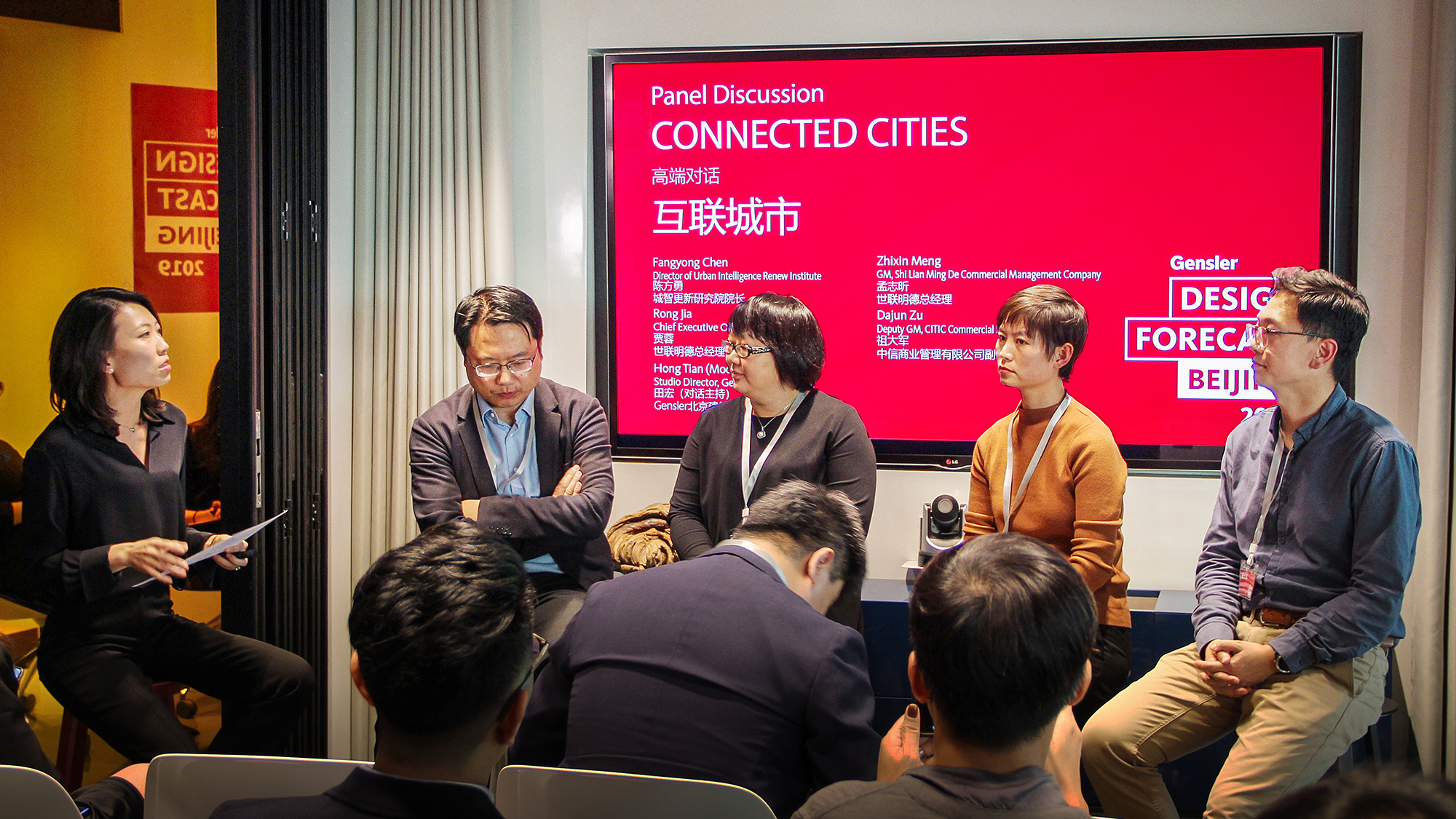
The Social Impact panel discussed the impact of cultural and art space to society. He Xiao, general manager of Jin Rong Ji, Financial Street Group, talked about how cultural buildings must be adaptable, adopting unique financial cultural symbols to reflect the image of enterprise, taking into account social and environmental context, and gathering diverse groups through social activities.
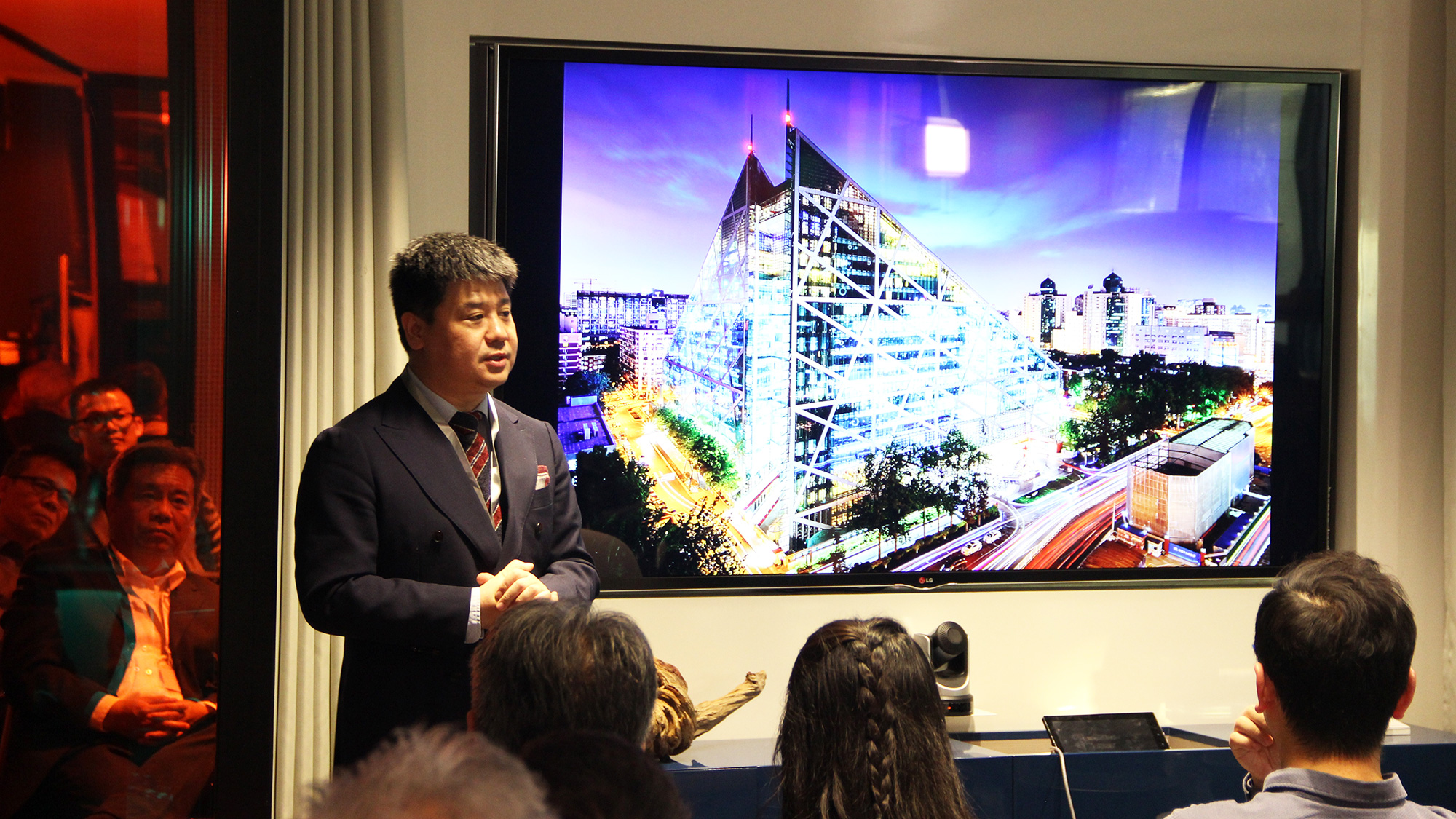
The Social Impact panel also discussed the influence of Beijing’s Central Business District (CBD) to future development. According to Lei Chen, deputy director, Beijing CBD Land Resource Development Center, Beijing’s CBD has nearly 260 enterprises from 40 industries across production, service, and manufacturing, thus creating opportunities for exchanges and new industry promotion. However, there are only 16 art and culture centers in Beijing’s CBD, compared to 266 in New York. Chen said that it is necessary to continuously improve ancillary facilities and increase greenbelts, art venues, and public spaces. Artists and creative workers need cultural spaces to gather, create, and exchange new ideas.
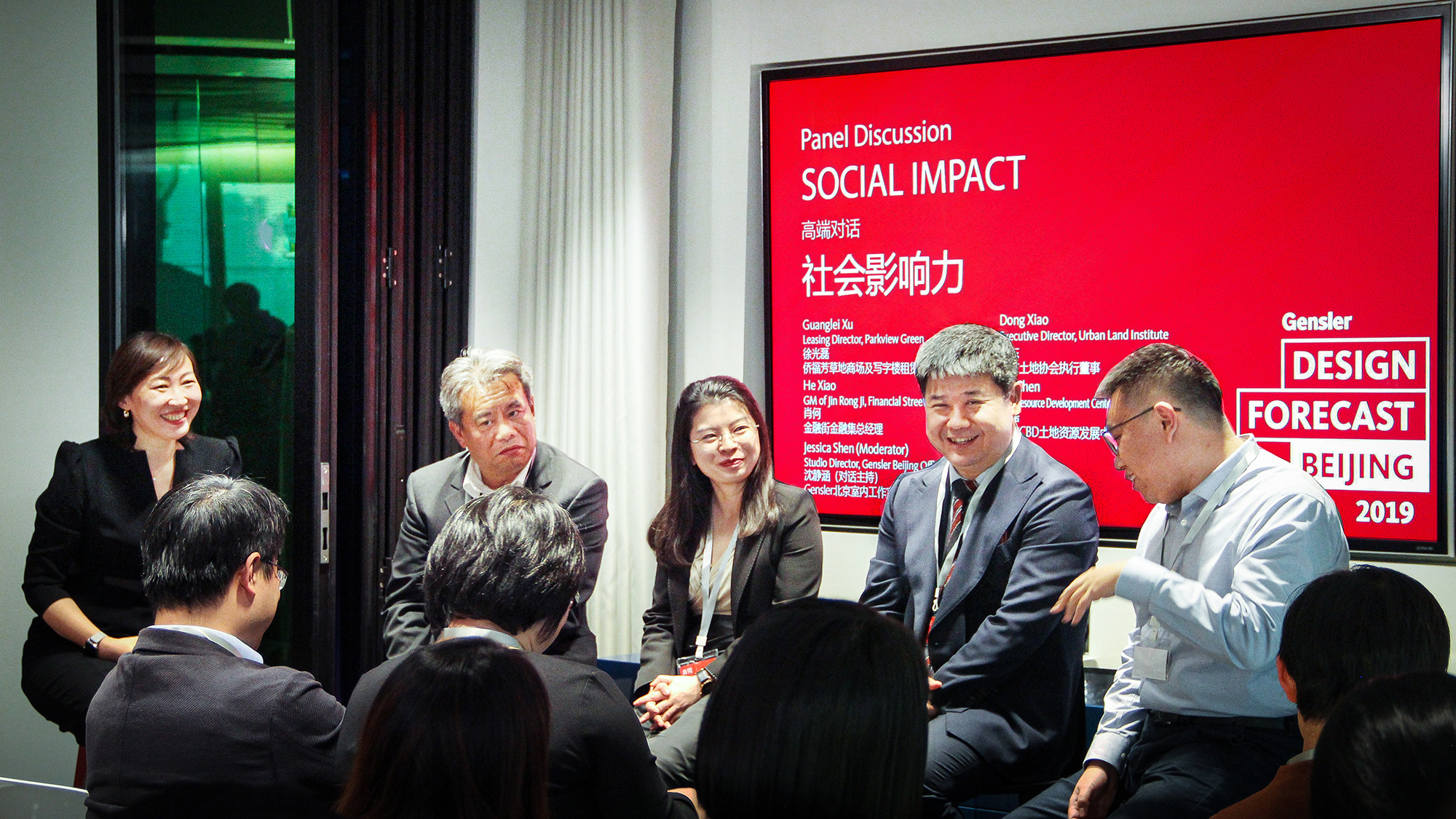
The Social Impact panel also discussed the interplay between urban and rural integration and development. Economic entities in China are centralized in large cities. First-tier cities and emerging technology areas tend to attract top talent, while the positioning of second-tier and third-tier cities and rural townships still has a long road for development. Dong Xiao, executive director, Urban Land Institute, emphasized the need to provide guidance to rural townships and villages to help them improve local economic conditions and spur development.
